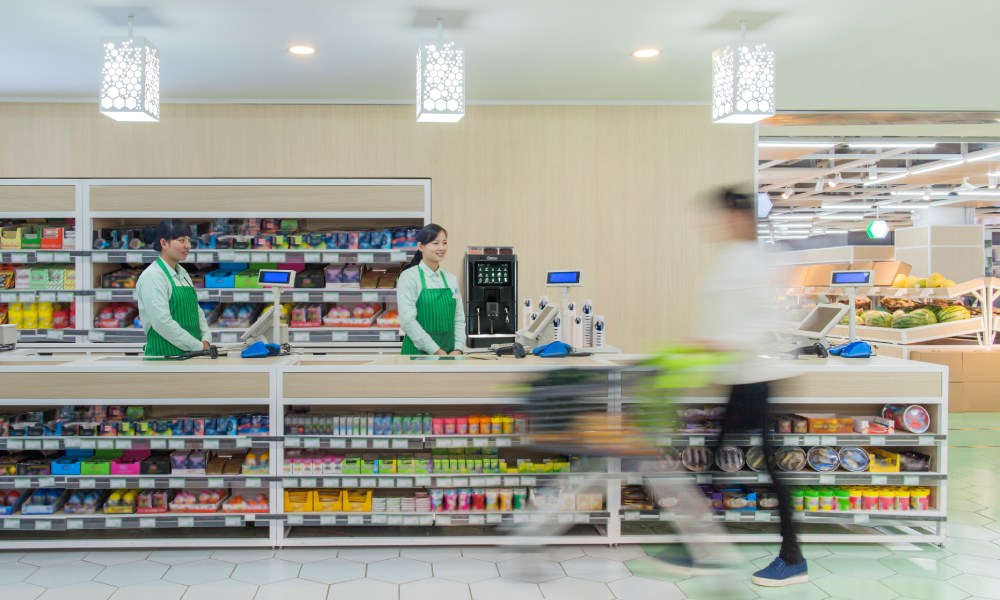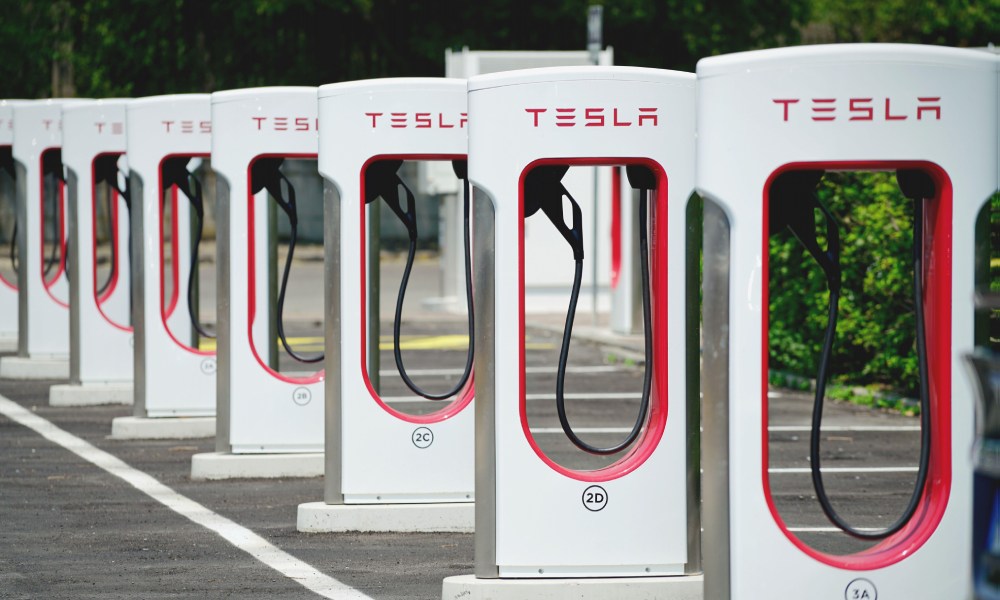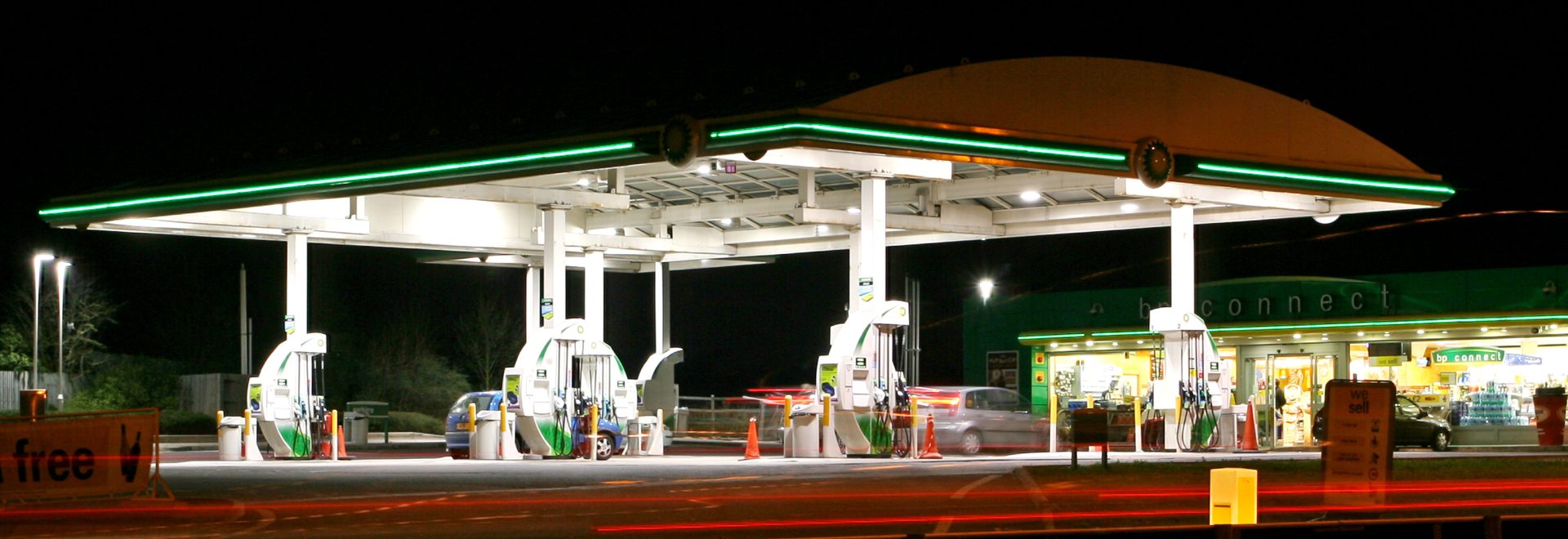The rise of service station coffee
Convenience and quality continue to drive the specialty coffee sector. Ashe Samuels speaks with Alastair McElhoney exploring how service stations are well-positioned to meet these evolving consumer demands.
Service stations are changing their image – shedding their reputation as having low-quality, last-resort coffee options.
As demand for higher-quality coffee has surged, service stations have taken notice of the revenue potential. For instance, a superautomatic coffee machine in a busy service station in Ireland is estimated to contribute as much as €1 million in annual revenue.
High-quality coffee has become a draw for customers, often guiding their choice of which service station to choose. Furthermore, coffee presents a chance for stations to increase food sales, as customers enjoy the combination of café-style drinks and food while refuelling.
“Having a strong coffee offering is great – you can’t just stop there,” says Alastair McElhoney, the head of coffee to-go at Matthew Algie. “There needs to be a collaboration with a food supplier for grab-and-go meals and snacks. That will not only help drive coffee sales but other items as well.”
There are clear advantages to serving coffee, which is why we’ve seen it enter an increasing number of consumer spaces. Yet, the improvement of coffee quality in these spaces has not happened by accident, but is the result of innovation.

How service stations are providing coffee
Specialty coffee shops and service station coffee experiences have felt distinct from one another. This, however, is gradually beginning to change.
“Now service stations are shifting to a more artisanal style coffee or a more deconstructed solution,” Alastair says. “Rather than a vending style unit, we’re finding people are using bean-to-cup machines and coffee served in compostable or biodegradable cups.
“There’s more traceability and more of a story behind it. The look and the feel is premium, whereas in the past it was generally a quick grab-and-go and the quality wasn’t really looked at.”
Despite an increase in quality coffee offerings, one common challenge for service stations is inaccessibility to skilled baristas. While this could create a barrier to quality, technology is bridging the gap.
The development of superautomatic espresso machines, such as Carimali’s Armonia Ultra, enables both customers and service staff, regardless of their skill level, to create café-quality drinks. Its compact design allows it to fit on busy countertops, while its high production volume ensures it can keep pace with the demands of service station customers.
Essentially, high-quality coffee and convenience are no longer mutually exclusive, which is making coffee more and more appealing when people visit service stations. The increasing availability and variety of ready-to-drink (RTD) cans have also particularly benefited service stations, with many customers opting for these beverages over other refrigerated drinks (such as sugary soft drinks and energy drinks).

The future of service station coffee
With a growing preference for convenience across the coffee industry, some argue that distinguishing between service stations and coffee shops might not necessarily be a disadvantage.
But beyond that, there are other components to continue in the future. For instance, should more people switch to electric vehicles, recharge times may mean people spend more time sitting and enjoying a cup of coffee.
“As we move toward fast car charging service stations and the electric car market, people will drive, they’ll park up and plug in, then go inside,” says Alastair. “There are sofas, tables to work, nice food offerings, you can grab a coffee – it’s not a traditional fill-up-and-go.
“You can use it as a hub to work from, but also get that nice, comfortable, premium experience.”
Additionally, as drive-thru coffee gains momentum across the world, service station coffee could become a key segment. They are already established as offering convenient coffee solutions. If the coffee becomes higher in quality – there could be a real shift.
There’s also development and innovation in delivery, too. For example, China’s leading gas station, Sinopec, has introduced its own coffee brand called EasyJet. They offer pre-order and collection services for drivers within a two-kilometre range. Its operations, software, products and staff training are managed by Coffee Box.
This is part of Sinopec’s vision of creating a more complete retail ecosystem. The company is cited as interested in tapping into the profitability of the coffee industry – as evidenced by its partnership with Luckin Coffee to open a shop-in-a-shop in Hangzhou.
Crucially, this shows that service stations may increasingly represent a space for coffee brands to become more established.
Ultimately, service stations could be perfectly positioned to benefit from the intersection of quality and the growing preference for convenient coffee solutions. These previously overlooked spaces could transform into thriving hubs for the coffee industry to grow and scale.







